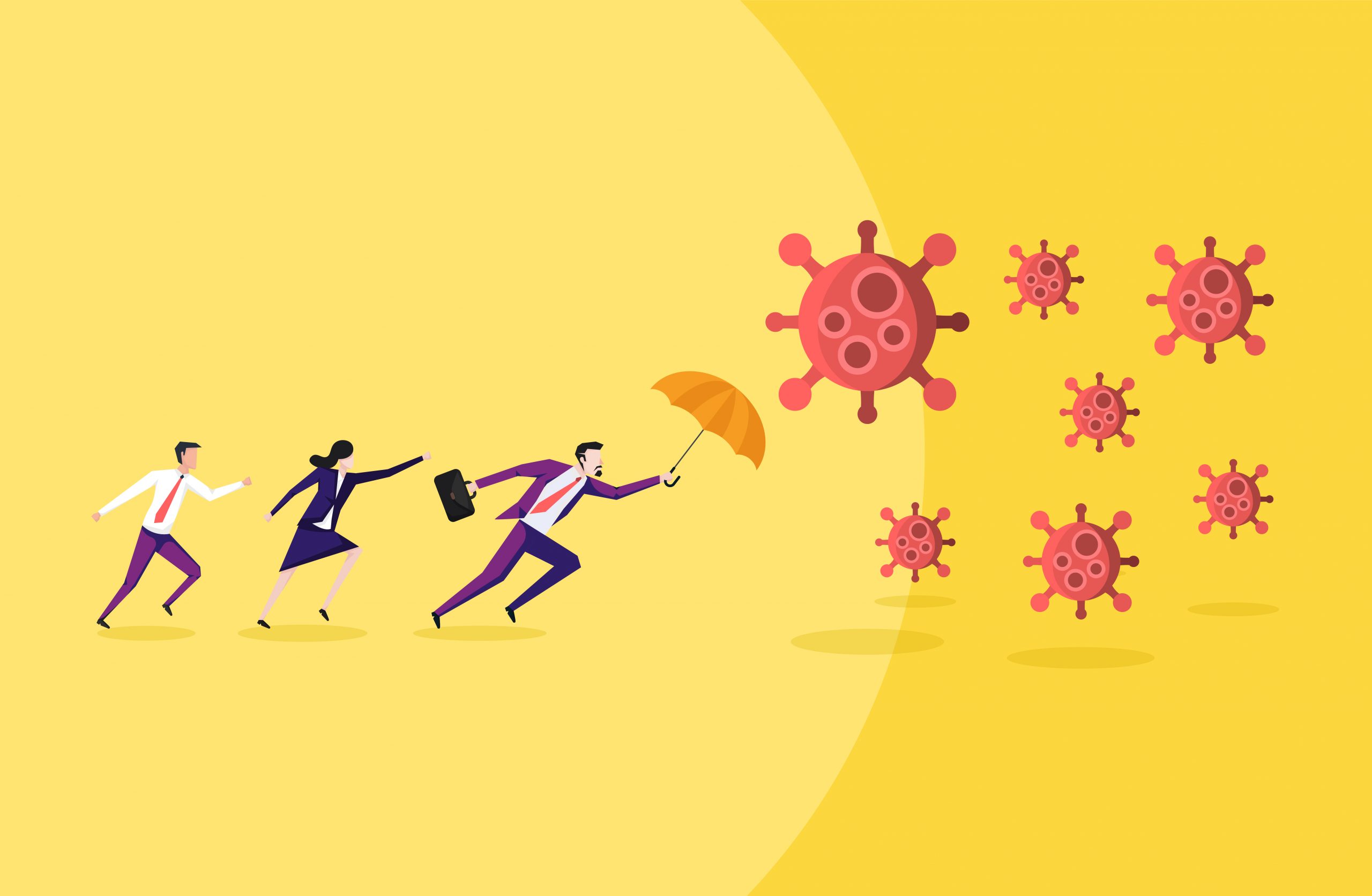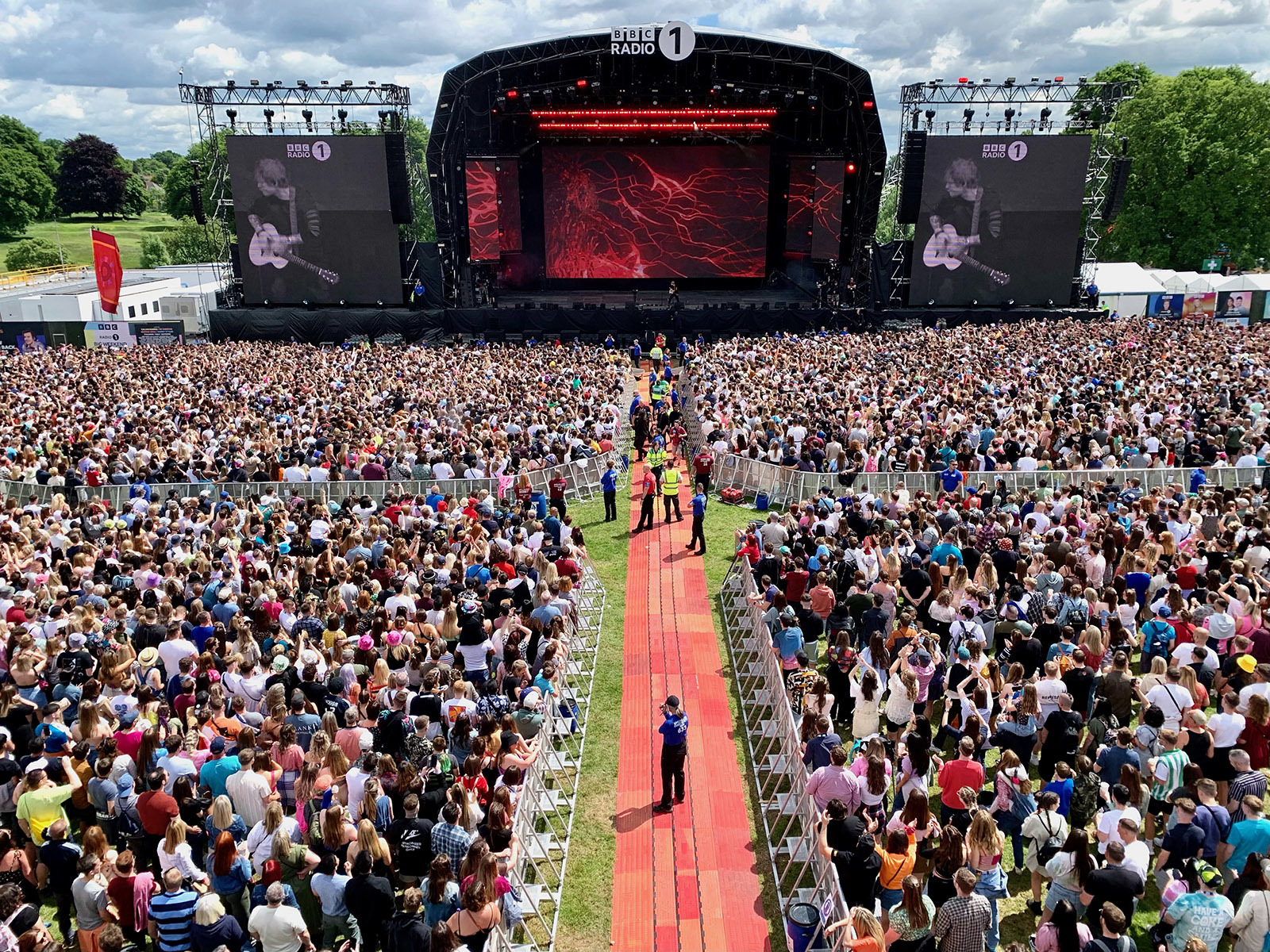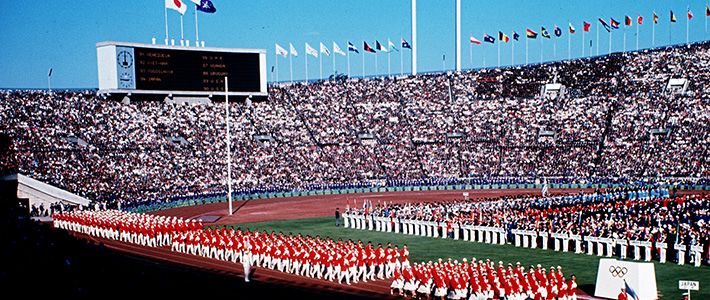Seattle's Parks: Providing Refuge And Resilience During The COVID-19 Pandemic

Table of Contents
Seattle Parks as Essential Mental Health Resources
The pandemic underscored the critical link between access to nature and mental well-being. Seattle's parks became essential resources, offering respite from the anxieties and stresses of the time.
Reduced Stress and Anxiety
- Numerous studies demonstrate the positive impact of nature on mental health. Spending time in green spaces has been shown to lower cortisol levels (the stress hormone), reduce blood pressure, and improve mood.
- The calming atmosphere of parks like Discovery Park, with its stunning Puget Sound views, and Gas Works Park, with its unique industrial-reclaimed landscape, offered invaluable stress relief.
- The ability to escape the confines of home, even briefly, provided a crucial mental break during lockdowns, combating feelings of isolation and cabin fever. Many Seattle residents found solace in simply sitting beneath the trees, listening to the sounds of nature, and enjoying a moment of peace.
Increased Physical Activity and Improved Physical Health
- With gyms closed and indoor activities restricted, Seattle's parks became vital hubs for physical activity. Walking, jogging, and cycling on the extensive trail networks became essential for maintaining physical health and combating sedentary lifestyles.
- Park amenities like playgrounds (though usage was initially restricted), basketball courts, and playing fields provided opportunities for exercise and recreation for people of all ages.
- Increased physical activity in parks contributed to better cardiovascular health, improved mood, and a general sense of well-being, counteracting the negative physical impacts of reduced mobility and increased stress associated with the pandemic. The improved access to physical activity within Seattle's parks played a crucial role in mitigating the health consequences of the pandemic.
Seattle Parks: Fostering Social Connection and Community Resilience
Beyond individual well-being, Seattle's parks played a crucial role in maintaining social connection and fostering community resilience during a time of isolation.
Safe Spaces for Social Interaction
- While social distancing was paramount, parks provided relatively safe outdoor spaces for people to connect with family and friends. Socially distanced picnics, walks, and outdoor gatherings became common, allowing for vital human interaction while minimizing risk.
- Many parks offered ample space to allow for distancing while still allowing for connection. This was crucial for maintaining social ties and combating the loneliness and isolation that the pandemic exacerbated.
- The ability to safely gather outdoors in Seattle's many green spaces contributed to a sense of community and shared experience during a challenging time.
Supporting Vulnerable Populations
- Access to green spaces is not equally distributed. Seattle's parks played a critical role in providing access to nature for vulnerable populations, including elderly individuals and low-income communities who might have limited access to other recreational opportunities.
- Many community gardens and urban farms within parks offered opportunities for connection and food production. These initiatives provided a lifeline for those facing food insecurity.
- Ensuring equitable access to green spaces remains an important goal. The pandemic highlighted the need for continued efforts to ensure that all residents of Seattle can benefit from the restorative power of nature within their parks.
The Adaptability and Management of Seattle's Parks During the Pandemic
The increased demand on Seattle's parks during the pandemic presented unprecedented challenges for management. However, the Seattle Parks and Recreation Department demonstrated remarkable adaptability and responsiveness.
Responding to Increased Demand and Usage
- The department increased cleaning and maintenance efforts to ensure park safety and hygiene.
- Adjusted hours and closures were implemented in some cases to manage crowding and ensure safe social distancing.
- Innovative solutions, such as temporary trail closures to manage traffic flow, were implemented to meet the increased demand while maintaining a safe environment.
Promoting Safe and Responsible Park Use
- Clear signage and social media campaigns educated the public about safe park usage guidelines.
- The department communicated regularly about park conditions, closures, and safety protocols.
- This proactive approach was essential in encouraging responsible park usage and minimizing the spread of infection.
Conclusion
In conclusion, Seattle's parks proved to be invaluable during the COVID-19 pandemic. They served as crucial sanctuaries for mental and physical well-being, fostering community resilience and providing safe spaces for social interaction. The adaptability of the Seattle Parks and Recreation Department ensured that these green spaces remained accessible and safe for everyone. Discover the restorative power of Seattle's parks – explore the many benefits they offer for your physical and mental well-being. Take advantage of the trails, open spaces, and community resources available and experience firsthand how these vital urban oases contribute to a healthier and more vibrant community. Explore the numerous parks throughout the city and experience the positive impact they offer.

Featured Posts
-
 L Industria Della Moda Sotto Pressione Conseguenze Dei Dazi Di Trump
May 25, 2025
L Industria Della Moda Sotto Pressione Conseguenze Dei Dazi Di Trump
May 25, 2025 -
 Experience Ferrari Excellence Bengalurus New Service Centre
May 25, 2025
Experience Ferrari Excellence Bengalurus New Service Centre
May 25, 2025 -
 I Dazi Di Trump Come La Moda Italiana E Non Solo Ha Subito Le Conseguenze
May 25, 2025
I Dazi Di Trump Come La Moda Italiana E Non Solo Ha Subito Le Conseguenze
May 25, 2025 -
 Hawaii Keiki Artistic Talent Memorial Day Lei Making Poster Competition
May 25, 2025
Hawaii Keiki Artistic Talent Memorial Day Lei Making Poster Competition
May 25, 2025 -
 Jorja Smith Biffy Clyro Blossoms At Bbc Radio 1 Big Weekend Full Lineup
May 25, 2025
Jorja Smith Biffy Clyro Blossoms At Bbc Radio 1 Big Weekend Full Lineup
May 25, 2025
Latest Posts
-
 Kharkovschina Svadebniy Den Data Pochti 40 Brakosochetaniy Foto
May 25, 2025
Kharkovschina Svadebniy Den Data Pochti 40 Brakosochetaniy Foto
May 25, 2025 -
 Drapers Historic Indian Wells Triumph First Atp Masters 1000 Title
May 25, 2025
Drapers Historic Indian Wells Triumph First Atp Masters 1000 Title
May 25, 2025 -
 Rekordnoe Chislo Svadeb Na Kharkovschine 40 Par Skazali Da
May 25, 2025
Rekordnoe Chislo Svadeb Na Kharkovschine 40 Par Skazali Da
May 25, 2025 -
 Test Znanie Roley Olega Basilashvili
May 25, 2025
Test Znanie Roley Olega Basilashvili
May 25, 2025 -
 Uspekhi Nashego Pokoleniya Vzglyad V Proshloe I Buduschee
May 25, 2025
Uspekhi Nashego Pokoleniya Vzglyad V Proshloe I Buduschee
May 25, 2025
